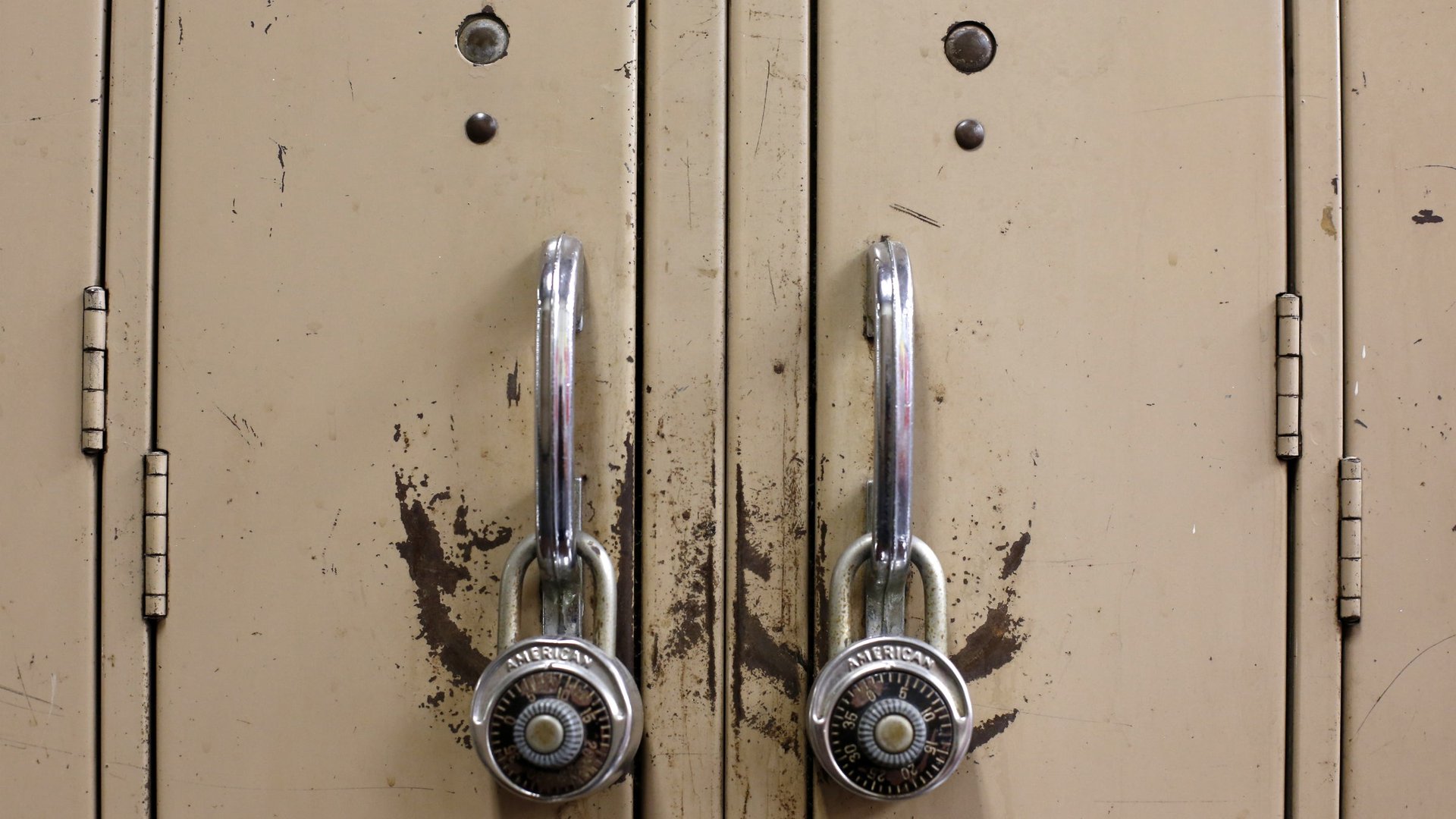Beware of the US charter school doom loop
For decades, education reformers in the US have championed the establishment of charter schools, public schools empowered to operate outside the control and union work rules of traditional public school districts. Charters have generated noisy debates and relatively modest results. The latest report from the Center for Research on Education Outcomes found statistically significant benefits for some students, reversing findings from a similar study in 2009. But the gains are nothing to write home about.


For decades, education reformers in the US have championed the establishment of charter schools, public schools empowered to operate outside the control and union work rules of traditional public school districts. Charters have generated noisy debates and relatively modest results. The latest report from the Center for Research on Education Outcomes found statistically significant benefits for some students, reversing findings from a similar study in 2009. But the gains are nothing to write home about.
Still, the schools are gaining traction. More than 2 million American kids attended them in the 2012-13 school year, that’s 4.6% of the total student population, according to Moody’s analysts. And their growth has real implications outside of the classroom, too.
Municipal finance analysts at Moody’s recently took a look at the impact of charter school growth on public finances, finding “while the vast majority of traditional public districts are managing through the rise of charter schools without a negative credit impact, a small but growing number face financial stress due to the movement of students to charters.”

Moody’s found that charter schools have had particularly painful impacts on aging independent school districts in the midwest and northeast, where shrinking tax bases and population outflow make it tough to absorb the loss of government funding that occurs when enrollment shrinks due to students shifting into charter schools. Cutting costs to match declines in funding can be difficult, as decisions to close schools—even if they are half empty—can result in fierce political fights. And decisions to cut academic programs can actually exacerbate funding problems further by spurring still more students to leave for charter schools.
“It’s sort of a negative feedback loop,” said Michael D’Arcy, one of the Moody’s analysts who wrote the report.
It’s important to note that this loop doesn’t happen wherever there are charter schools. In areas such as the south and the west, where overall population and enrollment numbers are on the upswing, school district finances haven’t been badly dented by charter school growth.
But Moody’s analysts say charter schools have played a definite role in some high-profile instances of municipal stress lately. In July, Moody’s cut its ratings on Philadelphia School District bonds, citing—in part—charter school dynamics. (Philadelphia’s school district has been facing its worst financial crisis in memory.) And Detroit Public Schools—separate from the city government that filed for bankruptcy protections back in June—also saw its ratings axed by Moody’s over the summer. It’s an illustrative case. Moody’s analysts wrote:
A 25% population contraction between 2000 and 2010 led to a drop in enrollment from nearly 160,000 students in 2002 to less than 67,000 in 2012, a 58% decline. These losses include a loss of students to charter schools and have resulted in a steady reduction in state aid. The district received $1.2 billion in state aid in 2002, accounting for 75% of General Fund revenues; by 2012, it received $495 million, or 55.4% of revenues. General Fund revenue overall fell by 44% over the same period. Although district management was proactive in reducing annual expenditures, the decline in revenue outpaced the decline in expenditures, resulting in the district running operating deficits for most of the past ten years.